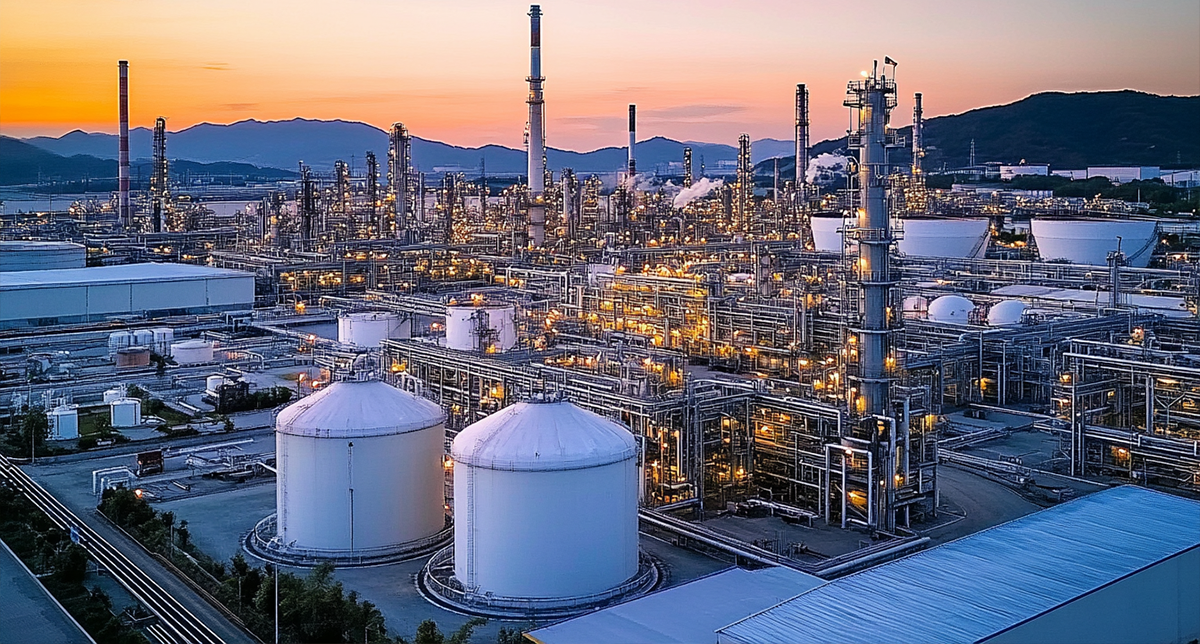Décomposition détaillée du processus de synthèse du NMP
Décomposition détaillée du processus de synthèse du NMP
La NMP (N-Méthylpyrrolidone) est principalement produite par la voie de synthèse BDO. Il s'agit de synthétiser la γ-butyrolactone (GBL) à partir du 1,4-butanediol (BDO), qui réagit ensuite avec la méthylamine pour former la NMP. Cette méthode est actuellement la voie de production industrielle la plus fiable et la plus aboutie. Avec une longue histoire d'utilisation industrielle, ce procédé est hautement optimisé, offrant une production à grande échelle, une grande efficacité et de faibles coûts.
Principales caractéristiques de la route BDO :
Utilise des catalyseurs à base de cuivre enrichis d'additifs tels que le zinc, l'aluminium, le chrome et le manganèse pour stimuler la réactivité et la sélectivité.
Taux de conversion élevés : 98% pour le BDO, 95% de sélectivité et >90% de rendement.
Aucune dépendance à l'égard de sources d'hydrogène externes (de l'hydrogène est généré en tant que sous-produit).
Échelle de production flexible : Peut être adapté à des opérations de petite ou de grande envergure en utilisant du 1,4-butanediol facilement disponible comme matière première.
La viabilité économique dépend du coût et de la disponibilité du 1,4-butanediol.
Processus de production de la γ-Butyrolactone (GBL)
1. Préparation des matières premières :
Le 1,4-butanediol est pompé dans un réchauffeur, chauffé avec de l'huile thermique et mélangé avec de l'hydrogène recyclé dans un mélangeur statique.
Le mélange est ensuite chauffé pour vaporiser complètement le BDO avant d'entrer dans un réacteur de déshydrogénation.
2. Réaction et séparation :
La réaction de déshydrogénation se produit à une température et une pression contrôlées.
Après la réaction, les produits et l'hydrogène échangent de la chaleur dans un échangeur de chaleur produit-hydrogène, puis sont refroidis par circulation d'eau.
Le mélange refroidi entre dans un séparateur gaz-liquide :
Le produit liquide (GBL brut) s'écoule vers le stockage.
L'hydrogène est partiellement recyclé (après compression et réchauffage) ou purifié pour d'autres usages.
3. Purification :
Le GBL brut est pompé dans une colonne azéotropique pour éliminer les impuretés légères.
Il est ensuite raffiné dans une colonne de distillation pour obtenir du GBL de haute pureté, qui est ensuite stocké.
Processus de synthèse des NMP
1. Configuration de la réaction :
Le GBL pur et une solution aqueuse de méthylamine 40% sont dosés dans un préchauffeur de vapeur, mélangés dans un mélangeur statique et introduits dans un réacteur d'amination.
2. Réaction à haute pression :
La réaction se produit à 230-260°C et à une pression de 7,0-8,0 MPa.
Les produits sont refroidis et dépressurisés à la pression atmosphérique dans un réservoir à pression constante, puis stockés sous forme de NMP brut.
3. Étapes de purification :
Désamination : La NMP brute est pompée dans une colonne de désamination pour récupérer ~30% de solution de méthylamine (recyclée pour être réutilisée).
Déshydratation : Le liquide résiduel de la désamination est acheminé vers une colonne de déshydratation ; l'eau du haut est envoyée vers le traitement des eaux usées.
4. Distillation :
Le produit déshydraté entre dans une colonne de fractionnement intermédiaire pour une séparation préliminaire.
Le raffinage final dans une colonne de distillation du produit permet d'obtenir du NMP pur, qui est stocké et conditionné.
5. Traitement des déchets : Les résidus de distillation sont collectés et envoyés à des recycleurs agréés ou incinérés.
Ce procédé garantit une production efficace et évolutive de NMP avec un minimum de déchets et une récupération élevée de sous-produits tels que l'hydrogène et la méthylamine.

Zesheng New Materials Technology Co. Ltd
NMP, N-méthyl-2-pyrrolidone, N-méthylpyrrolidone, 1-méthyl-2-pyrrolidone
Produits
Entreprise
Room 1204, Unit 1, Building 1, No.9 Industry West Road, Songshan Lake, Dongguan City, Guangdong Province, China



